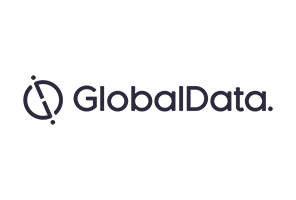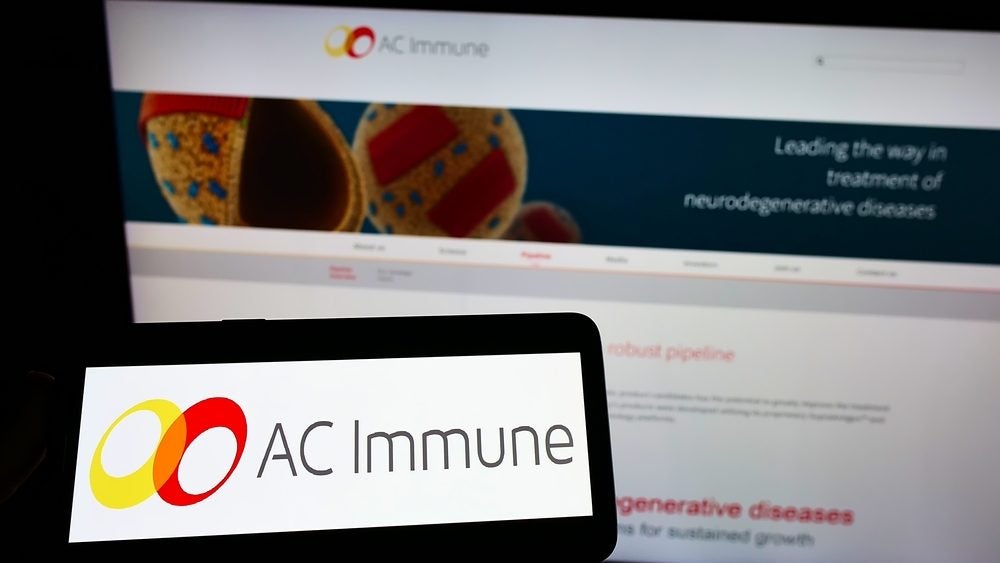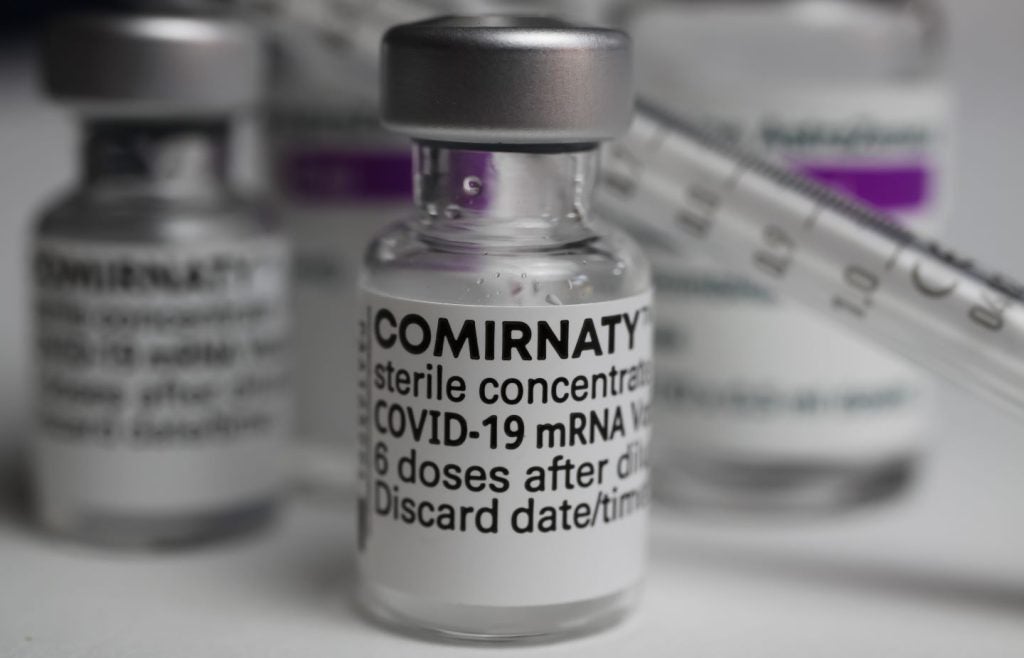
The global healthcare-associated infections (HAIs) market is expected to witness a compound annual growth rate (CAGR) of 10.8% between 2016 and 2026 to reach $3.6bn, according to a report by GlobalData.
Titled ‘Healthcare-Associated Gram-Negative Infections – Global Drug Forecast and Market Analysis to 2026’, the report covers seven major pharmaceutical markets.
Lack of investments in the development of novel scaffolds and antibiotic research and development (R&D) has led to an increase in resistant Gram-negative bacteria. As a result, antibiotic resistance has emerged as a major threat to life expectancy.
Multiple pipeline products, which accounted for 73% of sales in 2026, are now providing additional treatment options, as well as driving market growth. In addition, HAIs with carbapenem-resistant Enterobacteriaceae (CRE) are projected to be priced higher compared to generic products.
Prevalence of antibiotic resistance will also drive growth as carbapenem-resistant strains emerge. Treatment options for such infections will require novel, branded antibiotics instead of the currently available antibiotics.
Pharmaceutical companies, however, will need to identify novel approaches to capitalise on these opportunities, opines Christopher Pace, Director of the Infectious Diseases team at GlobalData.
How well do you really know your competitors?
Access the most comprehensive Company Profiles on the market, powered by GlobalData. Save hours of research. Gain competitive edge.

Thank you!
Your download email will arrive shortly
Not ready to buy yet? Download a free sample
We are confident about the unique quality of our Company Profiles. However, we want you to make the most beneficial decision for your business, so we offer a free sample that you can download by submitting the below form
By GlobalDataDespite the availability of a wide range of antibiotic treatments, a significant number of unmet needs still exist in the market. The adaptability of Gram-negative bacteria to develop highly effective resistant mechanisms creates a number of unmet needs. Continuous R&D into the antibiotic pipeline is, therefore, required to target specific bacteria.
The problems caused by multidrug-resistant (MDR) bacteria have led to the creation of national and international programmes aimed at reducing the usage of antibiotics. These programmes are expected to partially hinder the growth of the sector, says Pace.
Pharmaceutical companies should, therefore, work towards increasing the effectiveness of diagnostics to ensure better diagnosis and targeted treatment. These steps will enable their products to carve a niche in the market and compete with generic products, the report adds.







